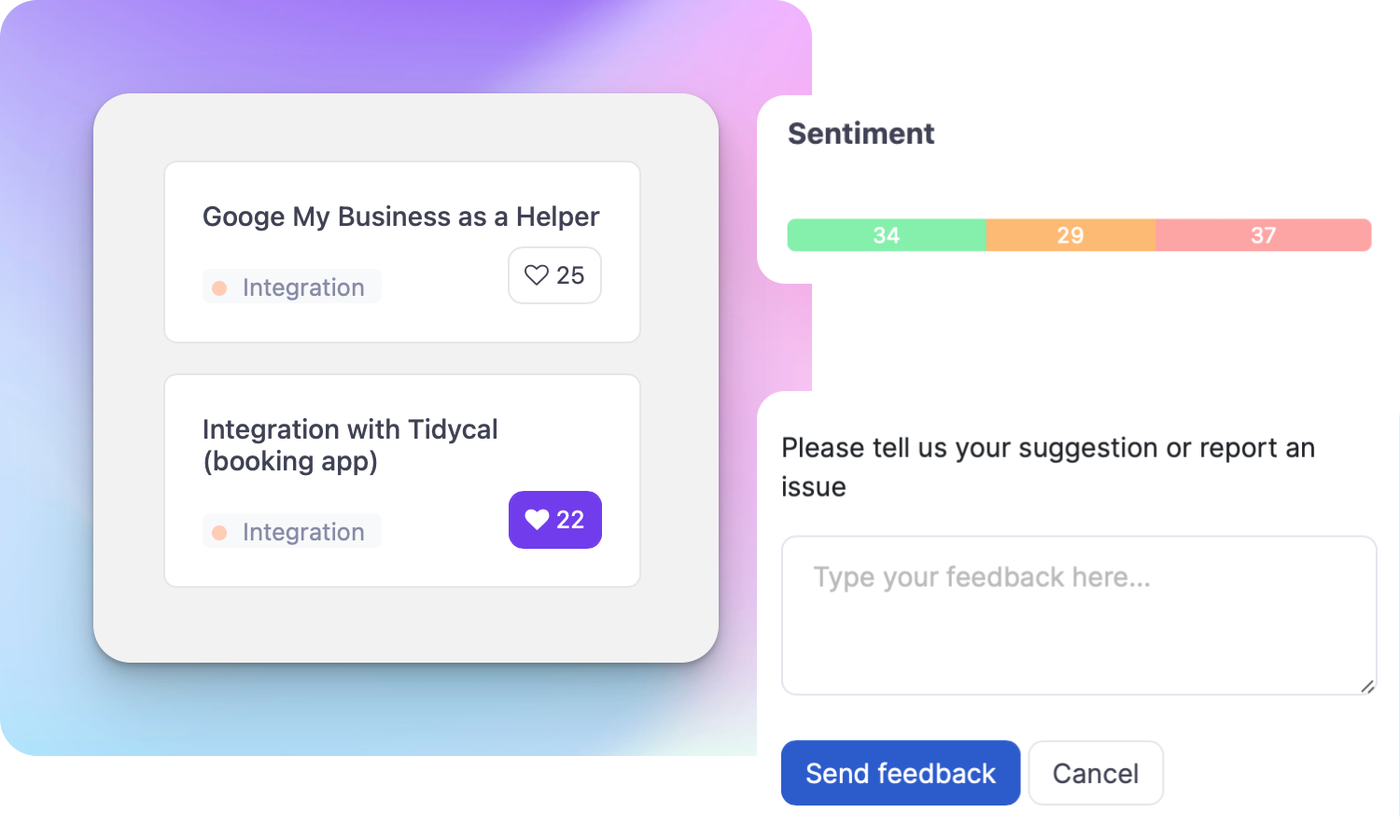What is a Retrospective?

Ruben Buijs
A retrospective is a collaborative meeting held by a software development team at the end of a project iteration or sprint. It provides an opportunity for the team to reflect on their recent work, identify areas for improvement, and make necessary adjustments for future iterations. The retrospective is an essential part of the agile development process and plays a crucial role in continuously improving the team's performance and efficiency.
Examples
Here are a few examples to help you understand how a retrospective works:
-
Sprint Retrospective: A software development team that follows the Scrum framework conducts a retrospective at the end of each sprint. They discuss what went well, what could have been better, and any potential obstacles they faced during the sprint. Based on these discussions, the team identifies action items to enhance their processes in the next sprint.
-
Product Launch Retrospective: After successfully launching a new feature or product, a product management team conducts a retrospective to evaluate the effectiveness of the launch strategy. They analyze the customer feedback, review the marketing campaigns, and assess the overall impact on user adoption. The insights gained from the retrospective help them refine their future product launch plans.
Importance
Retrospectives hold significant importance in the Saas product management process for several reasons:
-
Continuous Improvement: By regularly conducting retrospectives, teams can identify and address issues promptly. It allows them to learn from their mistakes, build upon their successes, and continuously improve their processes, resulting in better outcomes.
-
Team Collaboration: Retrospectives foster a culture of collaboration and open communication within the team. It provides a safe space for team members to share their thoughts, ideas, and concerns without judgment. This collaborative environment encourages team members to actively participate in problem-solving and decision-making.
-
Increased Efficiency: By reflecting on the previous iteration, teams can identify bottlenecks, eliminate wasteful activities, and streamline their workflows. This leads to increased efficiency and productivity, ensuring that the team delivers the best possible results within the given timeframe.
How to Use Retrospective
Here's a step-by-step guide on how to conduct a retrospective effectively:
-
Set the Stage: Begin the retrospective by setting a positive and constructive tone. Remind the team that the purpose is to identify opportunities for improvement and not to assign blame or criticize individuals.
-
Gather Data: Collect relevant data and information about the project or sprint, such as the team's performance metrics, customer feedback, and any incidents or challenges faced during the iteration.
-
Generate Insights: Facilitate a discussion where team members can openly share their observations, experiences, and perspectives. Encourage everyone to contribute and ensure that all viewpoints are heard.
-
Identify Improvement Areas: Analyze the insights gathered and identify specific areas where improvements can be made. Focus on actionable items that can be implemented in the next iteration.
-
Create an Action Plan: Collaboratively define action items with clear responsibilities, deadlines, and desired outcomes. Ensure that the action plan is feasible and aligns with the team's goals.
-
Follow Up: Regularly review the progress of the action plan in subsequent retrospectives. Celebrate successes and make adjustments as needed.
Useful Tips
Consider the following tips to make your retrospectives more effective:
- Encourage a blame-free environment where team members feel comfortable sharing their thoughts and opinions.
- Use visual aids like whiteboards or sticky notes to facilitate discussions and capture ideas.
- Rotate the role of the facilitator to ensure that everyone gets a chance to lead the retrospective.
- Focus on actionable items rather than dwelling on problems that cannot be addressed.
- Experiment with different retrospective formats, such as the "Start, Stop, Continue" or "Glad, Sad, Mad" techniques, to keep the meetings engaging and varied.
